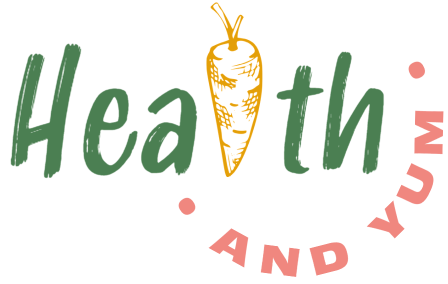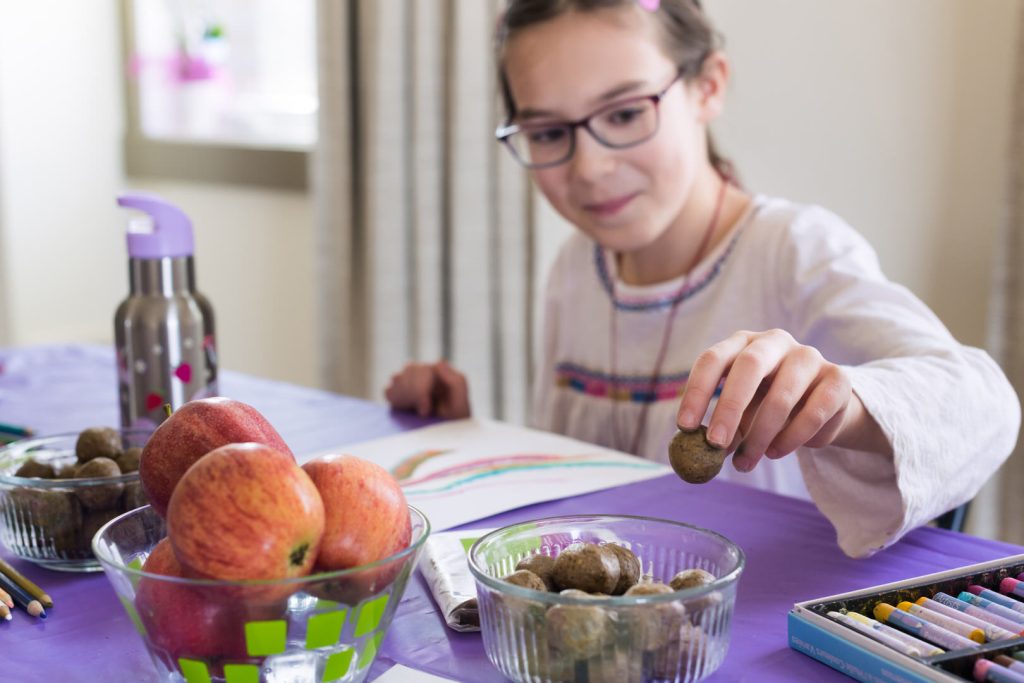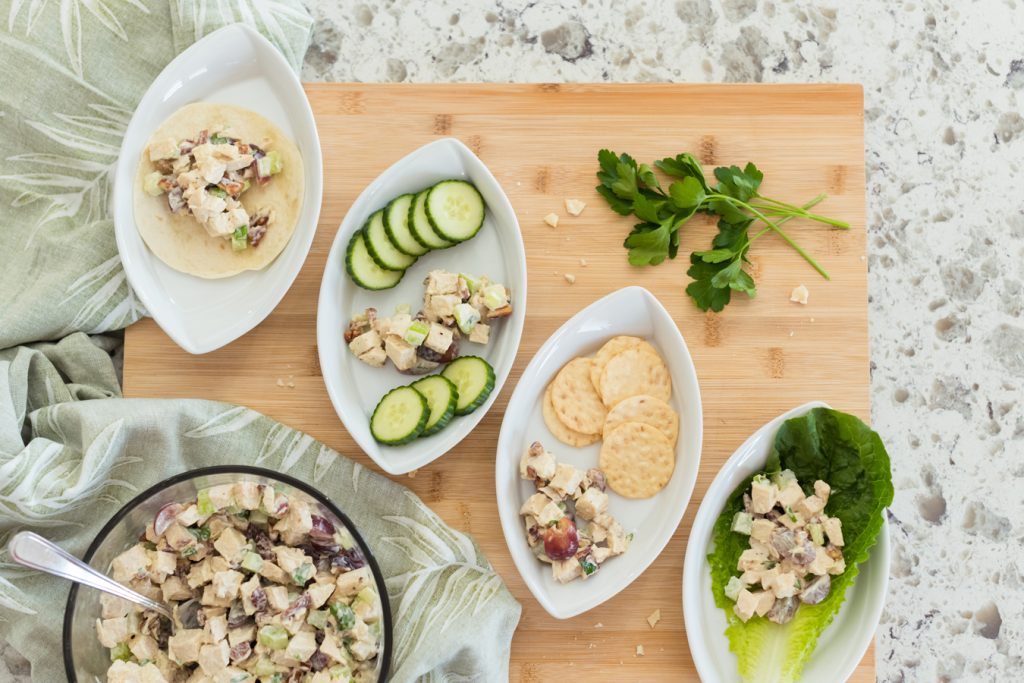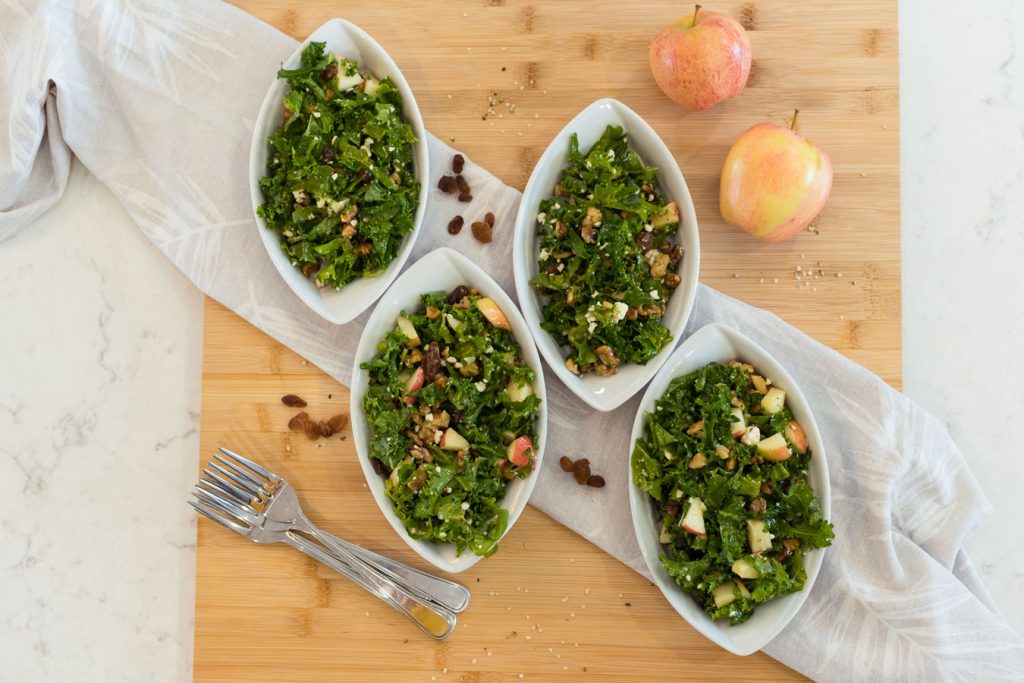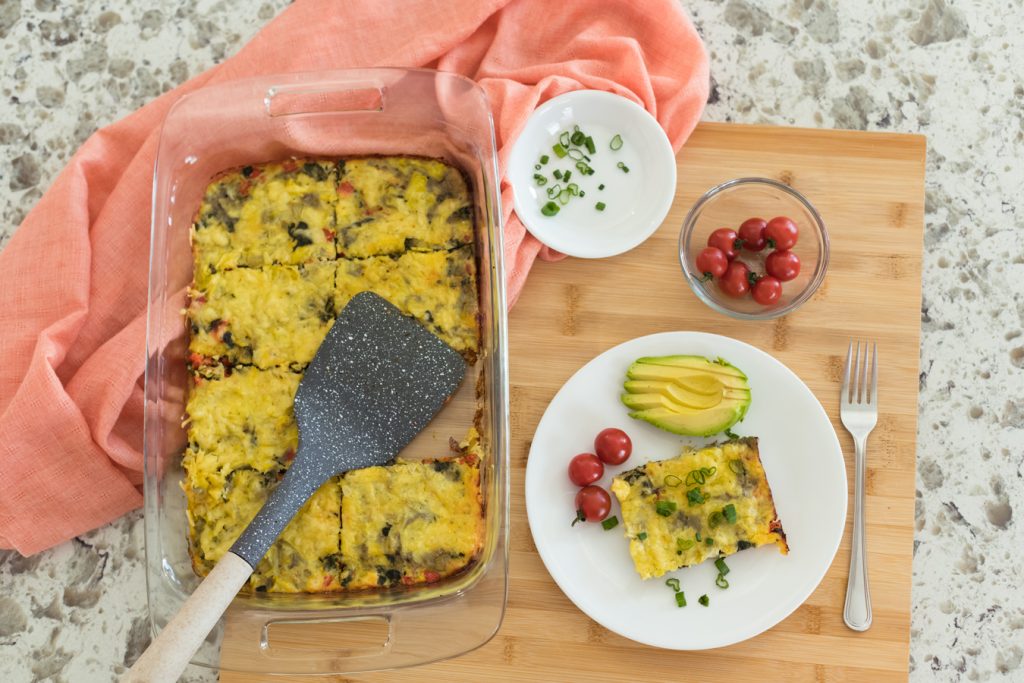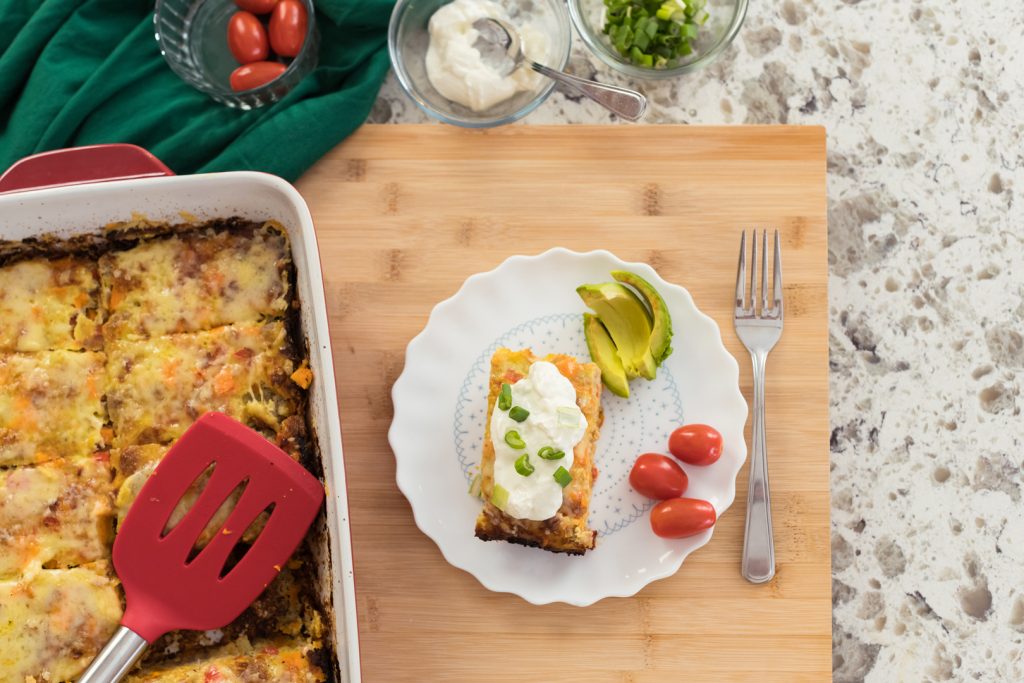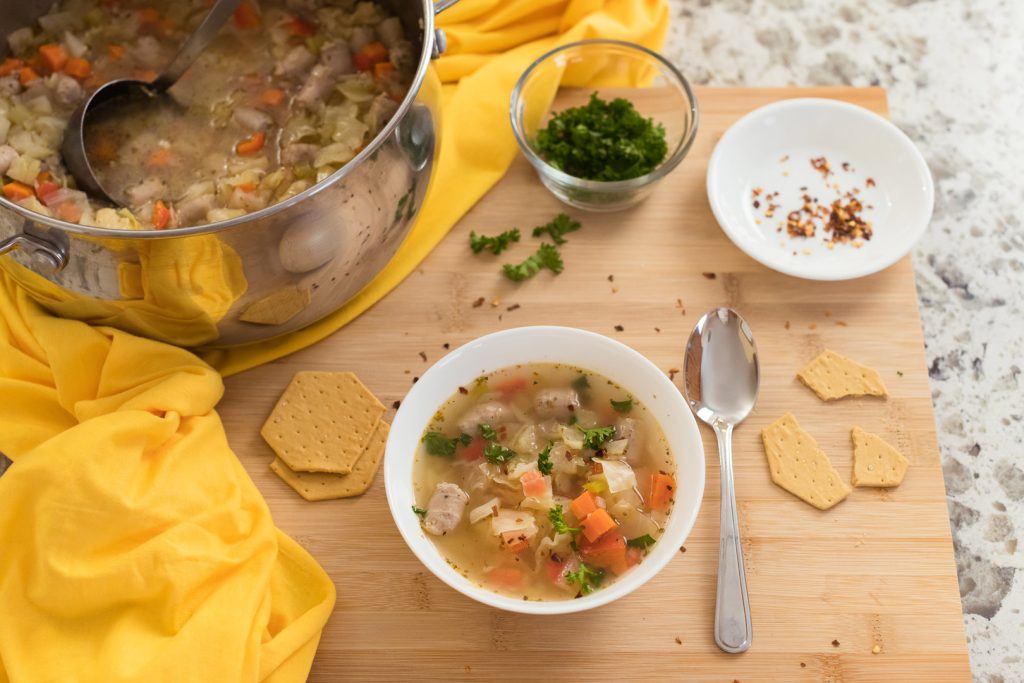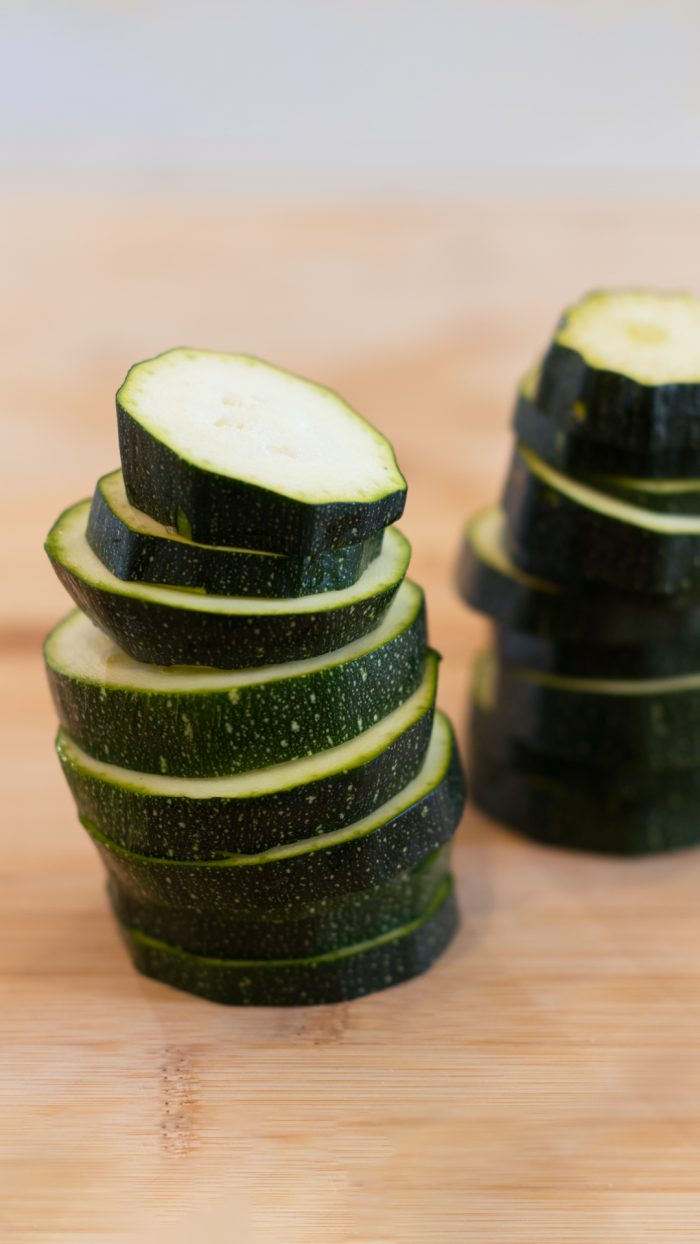Besides always making sure that my family gets enough protein every day, fruits and veggies are also high on my list. I even taught my kids that when they make their own breakfast, they need to include one type of protein, one veggie and one fruit. What really helped me was being mindful that there are indeed simple ways to make sure that we eat more vegetables!
Healthy fats and fiber are equally important
Healthy fats, which are also very important, are usually included in foods that have protein (such as eggs, plain yogurt, cheese, meat, fish, nuts, seeds, beans, tempeh, tofu), so I don’t worry about them as much, but they are also on my mind.
Fiber is another important component in our diet, but we get enough as long as we eat more vegetables, fruits, beans, nuts, seeds and whole grains.
My children’s breakfasts usually look like this and include protein, veggies and fruits:
- Scrambled eggs + grapes + celery sticks with hummus
- Avocado toast with fried egg + cherries + cucumber rounds
- Oatmeal with sliced banana, walnuts, hemp seeds + small pieces of cauliflower
Take the stress away
I don’t like trying to figure out each day which vegetables, protein and fruits to include in my family’s meals. For that reason, I usually plan ahead for the entire week.
I am less organized in summer when the kids are off, but during the school year our schedules are busy and I like to be well prepared. Hence, these 10 simple ways to eat more vegetables really help me stay on track!
Eating more vegetables has many benefits:
- It introduces you to new textures and flavours, while expanding your culinary repertoire.
- Different vegetables provide unique nutrients. Experimenting with a wide variety of veggies ensures we’re getting a broader range of vitamins, minerals and antioxidants.
- It enhances the nutritional content of your meals.
- Ensures we get a wide variety of nutrients, as each vegetable has its own nutritional profile.
- Vegetables contain dietary fiber, which keeps you full and helps with digestion.
- It also allows us to enjoy a healthier diet. By eating veggies there is less room for other foods that might not have a high nutritional content as veggies do.
- It also helps you to lower your overall sugar intake.
Here are a few tips I found along the years that help me stay organized and make sure that my family eats more vegetables every day.
1. Make a meal plan for the week and include meals with as many veggies as you can
I noticed that I tend to buy the same vegetables every week and plan my meals around them.
These weekly veggies are: celery, bell peppers, broccoli, cauliflower, carrots, cucumbers, onions, spinach, lettuce, potatoes, zucchini, leeks, radishes, tomatoes and avocados (although the last two are not technically vegetables).
Veggies that my family and I eat once in a while, but not every week, are kale, asparagus, eggplant, sweet potatoes, peas, green beans, Brussels sprouts, cabbage, artichokes, beets, jicama, parsnip, kohlrabi, squash, Swiss chard and bok choy.
How do you make sure you eat more vegetables? Are there any veggies that you buy most often and some less often?
Stay in the know
Join our community of healthy eaters and receive exclusive resources to help you plan your meals like a pro! Sign up today to get a free meal-planning template, along with expert tips on how to make meal planning work for you.
Plus, you’ll also receive our weekly Health and Yum newsletters featuring healthy and easy recipes, as well as helpful tips to support your healthy lifestyle.
2. Salads and wraps are easy and tasty ways to make sure that you eat more vegetables
This chicken salad recipe with grapes and pecans is so versatile. Plus, is has not only veggies (celery and green onion), but also a fruit (grapes) and protein (chicken and pecans).
Quinoa salad is colorful and rich in nutrients. It’s loaded with veggies and it’s perfect for lunch or dinner.
And last but not least, I guarantee that you’ll fall in love with this kale salad. It supports brain health and it’s great for meal prep! Unlike a green salad which wilts quickly, this kale salad keeps well in a fridge for a few days.
3. Add veggies to frittatas and omelettes
Soft veggies (spinach, tomatoes) and hard veggies (bell peppers, broccoli and onions) can be chopped, sliced, diced and added to frittatas and omelettes.
Sauté the firmer vegetables first and the more delicate ones later. Once the vegetables are cooked to your liking, add the whisked and seasoned eggs.
Cheese can also be added to omelettes and frittatas for an added flavour and protein boost.
4. Soups and casseroles with lots of veggies
This spinach artichoke casserole has a ton of veggies, protein and healthy fats. It’s perfect for breakfast or as an easy weeknight meal.
The same thing with this sweet potato casserole that is rich in veggies. It also feeds a crowd and it’s a perfect and healthy way to end a day.
Sausage cabbage soup is one of my all-time favourite soups. It has green from celery and cabbage, red from bell pepper and orange from carrots. It’s a beautiful meal and it gets bonus points for its high fiber content.
5. Use vegetables as substitutes for other ingredients
Using vegetables as substitutes for other ingredients can be a creative way to increase your vegetable intake and add extra nutrition to your dishes.
There are tons of options for substitutions with veggies, but I’ll mention here some of my favourites.
- Replace traditional pasta in spaghetti meals or stir-fries with spiralized zucchini noodles, also called zoodles.
- Grated cauliflower can be a substitute for rice in various recipes such as stir fry, pizza crust, stuffed peppers or risotto.
- Use large lettuce leaves as wraps instead of tortillas or bread for a low-carb and gluten-free option.
- Use grilled portobello mushroom caps as buns for burgers or sandwiches. They add a meaty texture and rich flavor, as well as a gluten-free option.
- Instead of using pasta sheets, layer thinly sliced (and possibly grilled) eggplant in your lasagna for a lighter and veggie-packed dish.
- Make a gluten-free pizza crust by blending cauliflower with other ingredients.
- Slice sweet potatoes and toast them in a toaster or oven. Top them with various spreads and toppings such as avocado, hummus, nut butter, banana slices and cinnamon for a nutrient-rich snack.
- Swap mashed potatoes for mashed cauliflower. Steam or boil cauliflower and then blend it with garlic, chives, grated cheese, paprika, onion powder or a bit of grass-fed butter or olive oil.
